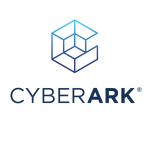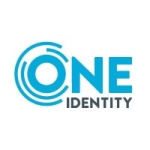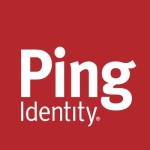Saviynt is useful in the area of IGA. Saviynt is also useful SOC to do analysis, compliances, and everything.
With Saviynt, I can say that sometimes it gets complicated. At times, it is flexible, especially when compared to SailPoint. Intense of flexibility, most probably, I can say that it is a straightforward tool, and there is not that much confusion. We can use it as a straightforward tool for technical reviews, workflows, and everything else, like segregation of duties.
The product can improve the customer support offered to users since it is an area with shortcomings. The product also used to consider providing a free trial app for a month, especially if you are a normal user or if your organization likes the tool. For learning purposes, Saviynt also needs to provide users with some free trials. If I have a company, I can give the tool to my users for a free trial. If I don't have a company, but I want to learn about Saviynt and do some certifications or want some video of the tool, then at least for one month or fifteen days, a trial version should be provided to us to understand the tool, and how the front-end will be in the long run.
I have been using Saviynt for a year. My company has a partnership with Saviynt.
In our company, most people use Saviynt. In the outside world and organizations, only three or four people work on Saviynt. The remaining people work with SailPoint.
Suppose you raise any instance with Saviynt's technical support team; you will not get any response immediately from them. It will take two or three days. Secondly, if we have any issues with the tool, then they cannot give a call back directly. They would initially share the links and ask us to go here and there. For example, if there is some Saviynt Ping-related issue, the tool's team will share some links. If the links don't work, then you have to share some logs. They will, on a high priority, join the call to help us. If you check with and want to get a call from Saviynt, it is not possible for us to get them.
The product's initial setup phase is easy.
Most probably, the implementation, deployments and everything else is managed by Saviynt. With the implementation and everything, sometimes you can face issues, like communication issues or firewall issues. You know that the tool is in the cloud because we always need to connect third-party tools and everything else for users. Sometimes, we face issues with the implementation and deployment areas.
The solution is deployed on the cloud. Honestly, I don't know what type of cloud is used in the back end.
To those who plan to use the product, I would say that if I don't want to show their data and want it to be kept secure, then I would suggest they use SailPoint. If someone wants a product that is mostly a cloud-based tool, then they need to select Saviynt. Everything depends upon the application flow, and managing the users and organizations can help with the cost-cutting.
If you get the videos and a trial version, the tool is easy to learn. You can see the videos and learn to use it.
If I want to learn about Saviynt Ping, we get videos and documents, but no one will offer any support for production or support to you for learning purpose. If you have an account, specifically a company account, you will get a license key for a one-month trial version and you can work on that one. If you get a trial version of Saviynt, it can be easy to manage the learning part.
I rate the tool a five out of ten.
















